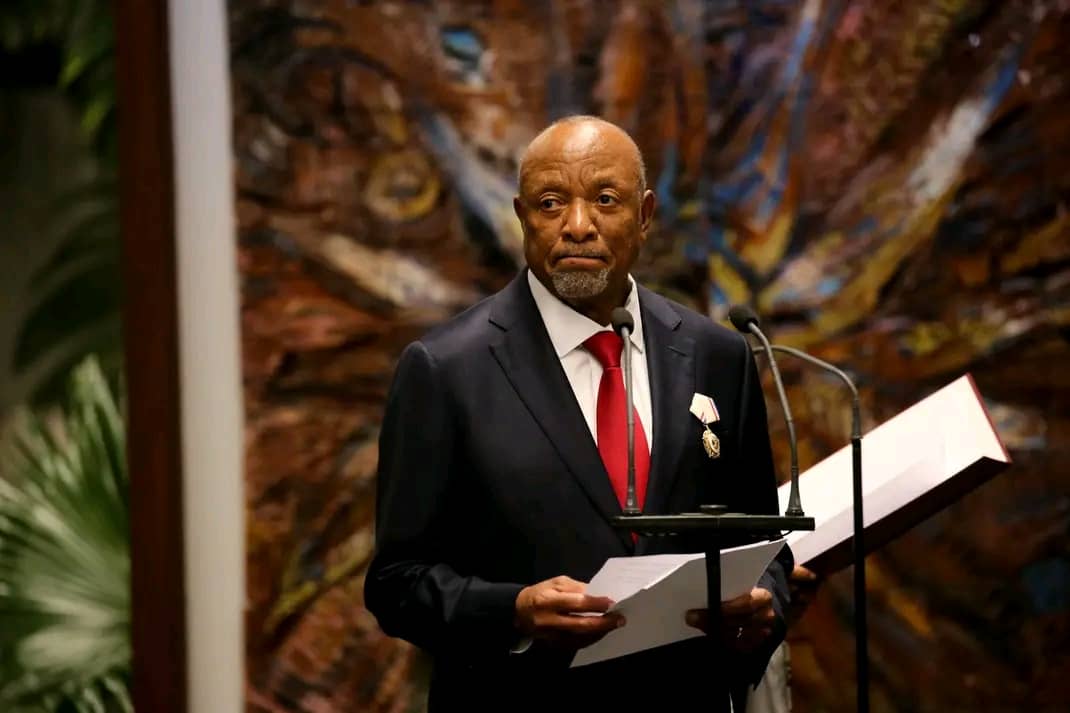Terence Creamer
A N$300 BILLION investment pipeline has been identified under South Africa’s Green Hydrogen National Programme.
Speaking at the South Africa Green Hydrogen Summit in Cape Town this week, president Cyril Ramaphosa said his government was seeking to position the country as an “investment destination of choice”, as countries in Europe and Asia sought to import green hydrogen to both decarbonise and bolster their energy security.
South Africa, the president said, had the potential to produce up to 13-million tonnes of green hydrogen and derivatives a year by 2050.
To do so would require between 140GW and 300GW of renewable energy, which would represent a massive scale up in a context where South Africa had procured only about 7GW of wind and solar since 2011.
South Africa’s existing renewables generators are currently insufficient even to cover the electricity supply gaps left by Eskom’s failing coal fleet, which has resulted in the country entering its most intensive period of load-shedding since power cuts were first introduced more than a decade ago.
Ramaphosa said South Africa’s strategy would embrace the export of green hydrogen and derivative products, such as green steel, sustainable aviation fuel, ammonia and fertilisers. The country would also seek to position itself to manufacture electrolysers, fuel cells and renewable-energy components.
He again stressed South Africa’s “inherent” green hydrogen production advantages, owing to its world-class wind and solar endowments.
A total of 19 green hydrogen projects had been identified for development, nine of which having been formally registered with Infrastructure South Africa, an initiative of the Ministry of Public Works and Infrastructure and the presidency, to accelerate infrastructure investment.
Public works and infrastructure minister Patricia de Lille announced that the Green Hydrogen National Programme had been included in an updated list of strategic integrated projects (SIPs) to be listed in an upcoming Government Gazette.Projects identified as SIPs are theoretically placed on an expedited path to development, with prescribed and shortened time frames for various project approvals and authorisations.
Namibia presidential economic advisor James Mnyupe stressed the potential for the green hydrogen projects in South Africa and southern Namibia to complement one another in unlocking a large-scale green hydrogen industry by developing cross-border pipeline and electricity infrastructure.
“We envision a 2 500 killometres pipeline from Lüderitz all the way to Saldanha, with a T-junction all the way to Secunda as well,” Mnyupe said, referring to Sasol’s petrochemical hub, in Mpumalanga, which currently uses grey hydrogen to produce fuels and chemicals.
He estimated the cost of such a pipeline to be €20-billion and stressed the need for cooperation between the two countries to support such an ambition.
– Engineering News
Stay informed with The Namibian – your source for credible journalism. Get in-depth reporting and opinions for
only N$85 a month. Invest in journalism, invest in democracy –
Subscribe Now!







